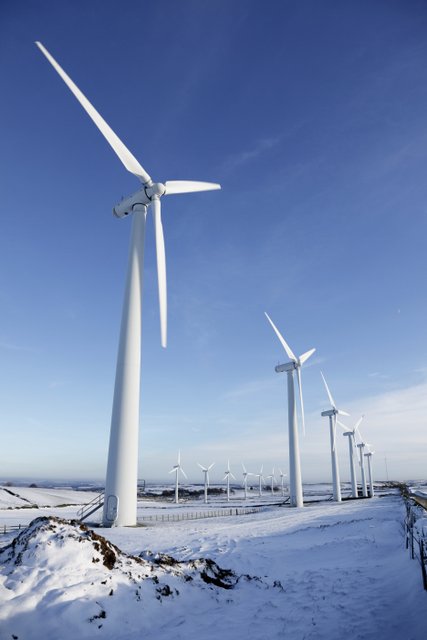History of renewable energy in the Arctic
 Wind turbines are a possible future energy source (Photo: GettyImages)The Arctic has a long history of using renewable energies. To harness water, wind or wood for creating energy has been done since the first inhabitants arrived to the Arctic.
Wind turbines are a possible future energy source (Photo: GettyImages)The Arctic has a long history of using renewable energies. To harness water, wind or wood for creating energy has been done since the first inhabitants arrived to the Arctic.
In more recent times and in the context of an industrialized utilization and generation of energy, especially the Scandinavian and Nordic countries of Europe have been the historical drivers for development of renewable energies in the circumpolar North.
Norway was the first country to make use of hydro power. Late in the 19th century, the city of Hammerfest was artificially lit by hydro powered lighting.
In 1920 two thirds of Norwegians had access to electrical power based on hydro powered generation, compared to one sixth of the population in Sweden at that time.
Iceland was a forerunner in the use of geothermal energy. Whereas hot water from springs was traditionally tapped directly at the source, the first use of geothermal energy for heating came in 1907.
In 1930 the first pipeline system was constructed in Reykjavik heating two schools, 60 homes and a hospital.
The system of geothermal energy has ever since been improved to a network of pipelines and pumping stations providing both district heating as well as electricity.
In total, 66% of energy usage in Iceland in 2009 was from geothermal energy.
Finland on the other hand has been a forerunner in the use of wood for energy production. In Rovaniemi a plant is under construction that will use logging waste and pellets for heating and generating electricity.
Sources: Renewable Energy ACIA Report Nordic Energy Perspectives








